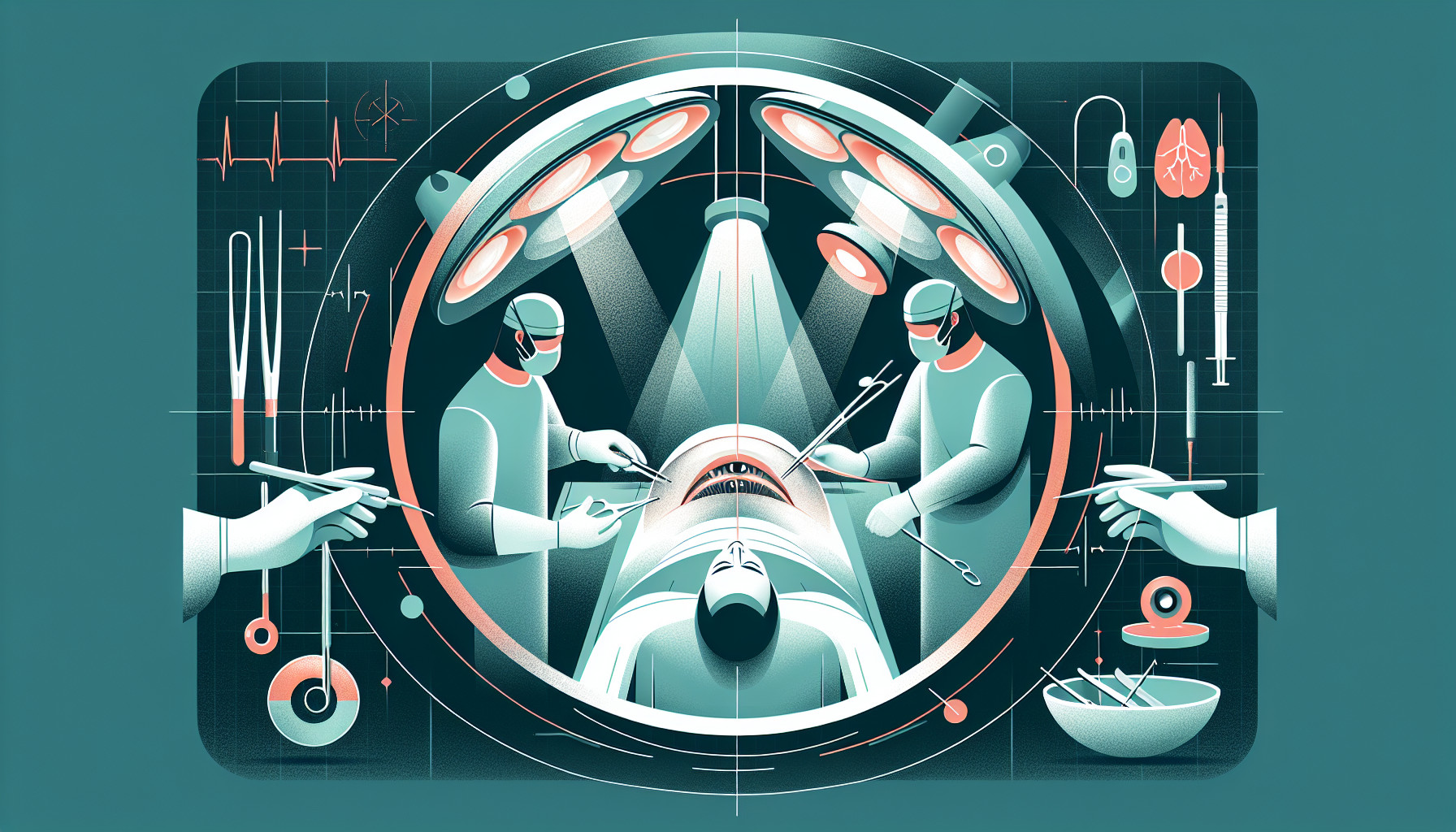Our Summary
This research paper is about the changes in the curvature of the eye (specifically the cornea) that can occur after cataract surgery. Cataract surgery involves making a small incision in the cornea, and this can sometimes cause a change in the eye’s focusing power, a condition known as surgically induced astigmatism (SIA).
The researchers used a device called an IOLMaster 700 biometer to measure the eyes of 122 patients before and one month after cataract surgery. They analyzed the data to see how the surgery affected the eye’s focusing power.
They found that, on average, the overall focusing power of the eye decreased slightly after surgery. This was mostly due to a reduction in the focusing power at the back of the cornea. They also found that the surgery caused a slight flattening effect on the cornea at the point of the incision.
However, the effect of the surgery on the eye’s focusing power varied a lot between individuals, making it difficult to predict exactly how a person’s vision might be affected by cataract surgery. Overall, the researchers found that the changes in the eye’s focusing power after cataract surgery were relatively small.
FAQs
- What changes can occur in the eye after cataract surgery?
- How did the researchers measure the changes in the eye’s focusing power after cataract surgery?
- Is the effect of cataract surgery on the eye’s focusing power the same for every individual?
Doctor’s Tip
One helpful tip a doctor might tell a patient about cataract surgery is to be prepared for potential changes in their vision, including potential changes in their eye’s focusing power. It’s important for patients to understand that their vision may not be exactly the same as it was before the surgery, and that their eyes may need time to adjust to any changes. Additionally, it’s important for patients to follow their doctor’s post-operative instructions carefully to ensure the best possible outcome.
Suitable For
Patients who are typically recommended for cataract surgery are those who are experiencing significant vision impairment due to cataracts. Common symptoms of cataracts include blurry or cloudy vision, difficulty seeing at night, sensitivity to light, and seeing halos around lights.
Patients who have other eye conditions that are affecting their vision, such as macular degeneration or glaucoma, may also be recommended for cataract surgery if their cataracts are worsening their vision further.
Additionally, patients who are experiencing difficulty performing daily activities such as reading, driving, or recognizing faces due to their cataracts may also be good candidates for surgery. Ultimately, the decision to undergo cataract surgery is made on a case-by-case basis by the ophthalmologist, taking into account the patient’s overall health and lifestyle.
Timeline
Before cataract surgery:
- Patient experiences blurry vision, glare, double vision, or difficulty seeing in dim light
- Patient undergoes comprehensive eye exam to determine if cataract surgery is necessary
- Patient meets with ophthalmologist to discuss surgery options, risks, and benefits
- Patient schedules surgery date and prepares for procedure
After cataract surgery:
- Patient undergoes pre-operative testing and measurements to determine the appropriate lens implant
- Patient receives anesthesia and the surgeon makes a small incision in the eye to remove the cloudy lens
- Intraocular lens implant is inserted to replace the removed lens
- Patient experiences improved vision almost immediately after surgery
- Patient may experience mild discomfort, sensitivity to light, or blurry vision in the days following surgery
- Follow-up appointments are scheduled to monitor healing and address any concerns
- Patient may need to use eye drops or wear a protective shield while the eye heals
- Vision continues to improve over the following weeks, with final results typically seen after 1-2 months
- Patient may need to update their eyeglass prescription to account for changes in vision after surgery
What to Ask Your Doctor
What is the likelihood of developing surgically induced astigmatism (SIA) after cataract surgery?
How will the changes in the curvature of my cornea after cataract surgery affect my vision?
Will I need glasses or contact lenses to correct any changes in my vision after cataract surgery?
Are there any alternative surgical techniques or intraocular lenses that can minimize the risk of SIA?
How long does it typically take for the cornea to stabilize and for vision to fully adjust after cataract surgery?
Will I need additional procedures or treatments to correct any changes in my vision that occur after cataract surgery?
Are there any lifestyle or activity restrictions I should be aware of after cataract surgery to prevent worsening of SIA?
How often will I need follow-up appointments to monitor the changes in my vision after cataract surgery?
Are there any specific precautions I should take to protect my eyes and prevent complications after cataract surgery?
What are the potential risks and complications associated with SIA and how can they be managed or treated?
Reference
Authors: Langenbucher A, Szentmáry N, Cayless A, Casaza M, Weisensee J, Hoffmann P, Wendelstein J. Journal: Curr Eye Res. 2022 Sep;47(9):1279-1287. doi: 10.1080/02713683.2022.2052108. Epub 2022 Jul 25. PMID: 35380484
